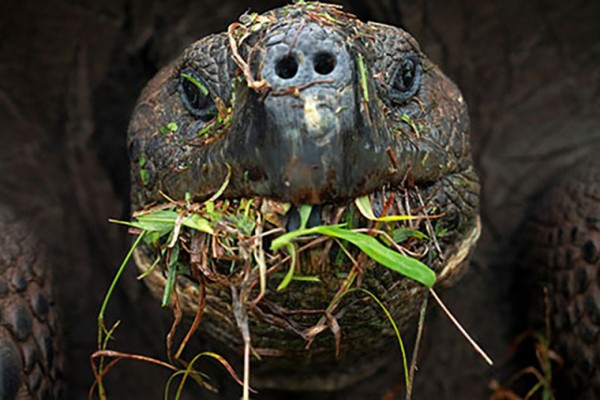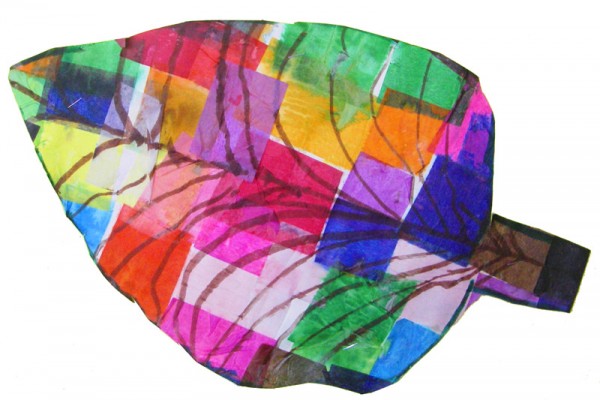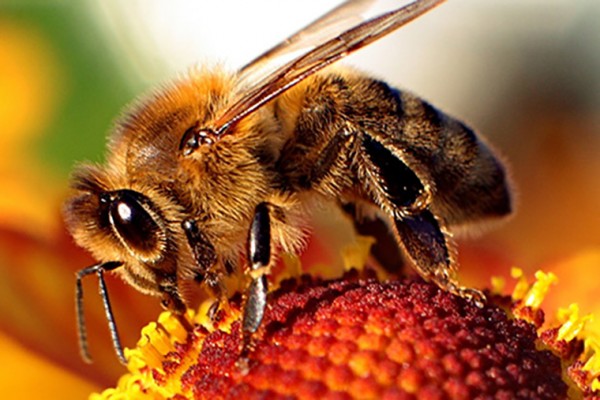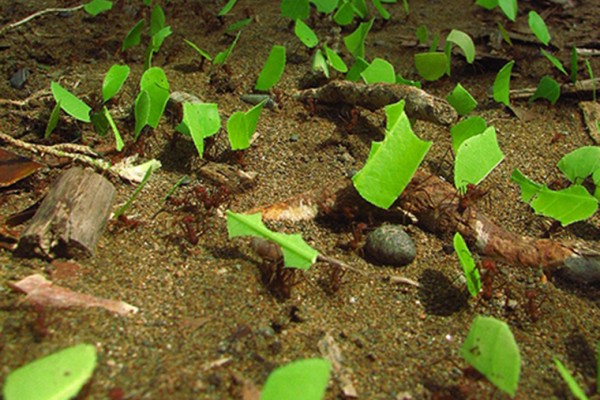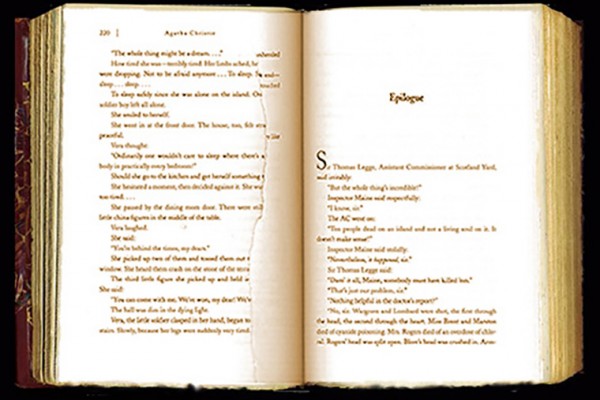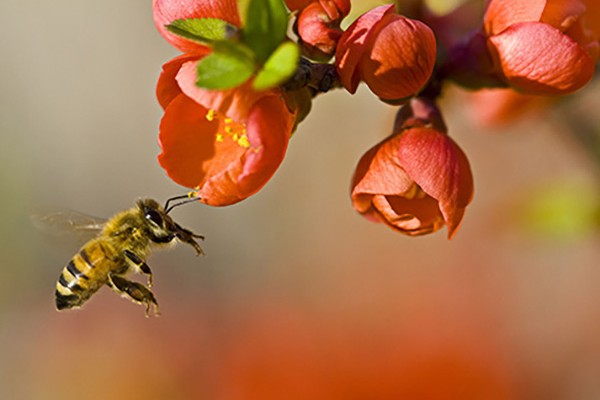Endangered tortoises thrive on invasive plants
Introduced plants make up roughly half the diet of two subspecies of
endangered tortoise, field research in the Galapagos reveals. Tortoises seem to prefer non-native to native plants and the plants may help them to stay well-nourished during the dry season.
Pick a color, any color
A small team of chemists, having learned the secrets of light absorption from chlorophylls a and b, can now tune molecules to absorb anywhere in the solar spectrum. They are using this facility to synthesize pigments that fill gaps in the sunlight absorbed by native pigments and to push deeper into the infrared than any native pigment.
Manganese speeds up honey bees
The industrial metal manganese, once scarce, is now ubiquitous in our environment. New work suggests that it addles honey bees, which often act as sentinel species for environmental contaminants, even at levels considered safe for humans.
Is blood really thicker than water?
The outcome of a duel between mathematical models supports the reigning theory of the genetics of altruism. Called inclusive fitness, it says altruism is competitive if it benefits relatives carrying the same gene as the selfless individual. Attacked by a Nature article published in 2010, it is defended by Washington University evolutionary biologist David Queller.
A feat of four-dimensional imagination
There are five regular polytopes (Platonic solids) in three-dimensional space and six in four-dimensional space. Only their projections can be built in our dimension-deficient world and that requires an act of imagination. Ivan Horozov, PhD, the Chauvenet Lecturer in Mathematics, is building the two most complex figures in this office in his spare time.
In the quantum world, the future affects the past
In the quantum world, the future predicts the past. Playing a guessing game with a superconducting circuit called a qubit, a physicist at Washington University in St. Louis has discovered a way to narrow the odds of correctly guessing the state of a two-state system. By combining
information about the qubit’s evolution after a target time with
information about its evolution up to that time, the lab was able to
narrow the odds from 50-50 to 90-10.
Murch wins Sloan Research Fellowship
The Alfred P. Sloan Foundation announced Feb. 23 that Kater Murch, PhD, assistant professor of physics in Arts & Sciences at Washington University in St. Louis, has been awarded a 2015 Sloan Research Fellowship. He is among 126 outstanding U.S. and Canadian researchers selected as fellowship recipients this year. The fellowships are given to early-career scientists and scholars whose achievements and potential identify them as rising stars, the next generation of scientific leaders.
Making teeth tough: Beavers show way to improve our enamel
Beavers don’t brush their teeth, and they don’t drink fluoridated water, but a new study reports beavers do have protection against tooth decay built into the chemical structure of their teeth: iron. The research team, which was led by scientists from Northwestern University, included Jill D. Pasteris, PhD, professor of earth and planetary sciences in Arts & Sciences.
Forty-year-old Apollo 17 samples help date lunar impacts
It’s been more than 40 years since astronauts returned
the last Apollo samples from the moon, and since then those samples have
undergone some of the most extensive and comprehensive analysis of any
geological collection. A team of scientists has now
refined the timeline of meteorite impacts on the moon through a
pioneering application of laser microprobe technology to Apollo 17
samples.
Stressed bees die sooner, leading to abrupt collapse of colonies
Pathogens, pesticides and nutritional deficits have previously been identified as stressors linked to colony collapse disorder, but it was a mystery why bee colonies sometimes collapsed so rapidly, leaving bee keepers with an empty hive box. A new study suggests that when a colony is stressed, young bees are forced to become foragers much sooner than they otherwise would and this accelerated development leads to their early death.
View More Stories
